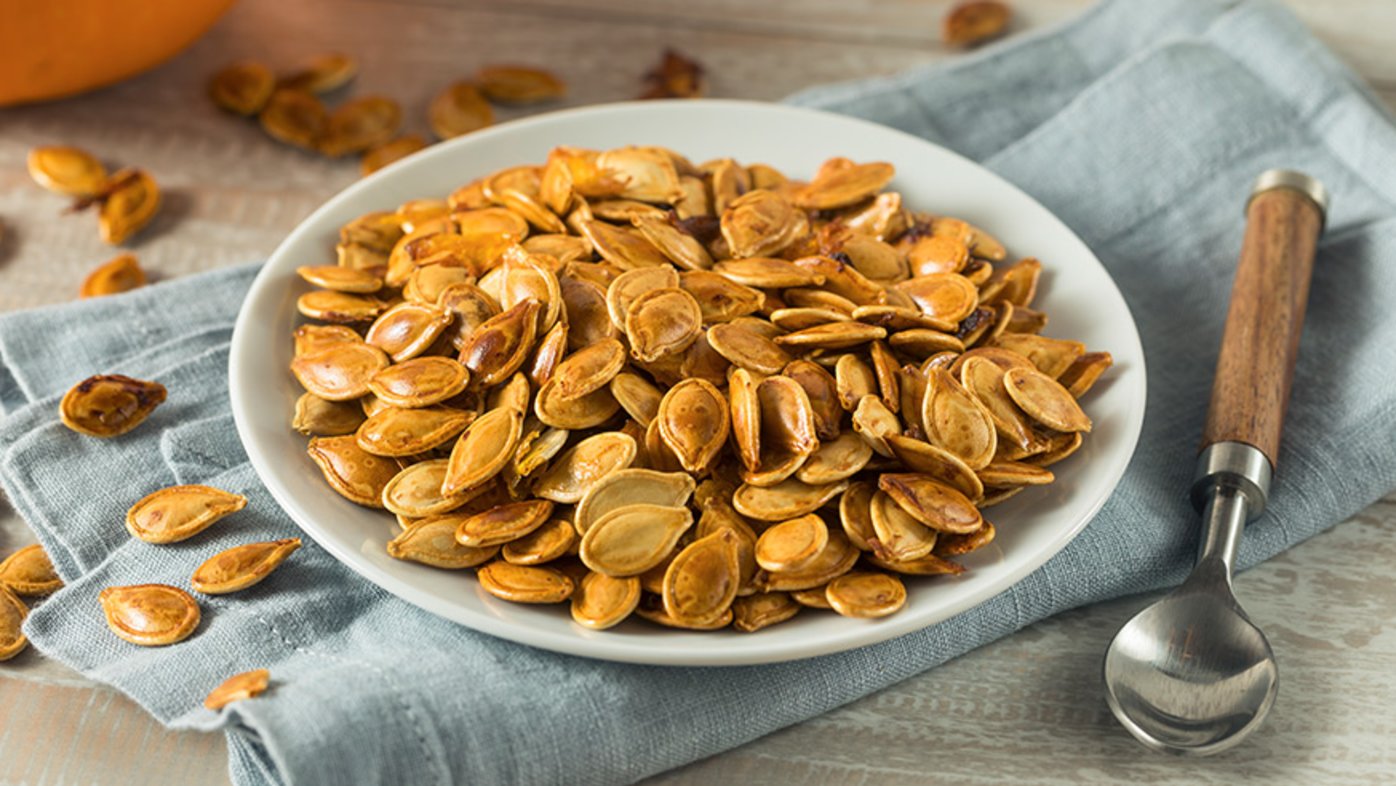There's a good reason why every doctor's appointment starts with a blood pressure check. Blood pressure is an important indicator of heart health.
According to the American Heart Association, nearly half of American adults have high blood pressure. High blood pressure, also known as hypertension, is when your blood pressure — the force of blood flowing through your blood vessels — is consistently too high. When left untreated, the damage that high blood pressure does to your circulatory system can lead to heart attack, stroke and other serious health concerns.
However, with proper treatment and management, you can control your blood pressure to help you live a long and healthy life. Odette Crandall, RN, BSN, a population health case manager at Sharp Rees-Stealy Medical Centers, explains five ways people with hypertension can keep their blood pressure in check.
1
Monitor your blood pressure daily.
If you have a blood pressure monitor at home, you should check your numbers every day. When monitoring, it's important to use the right technique to obtain accurate readings.
“Using the wrong technique can add 10 to 40 points to your blood pressure, resulting in a false high reading,” Crandall says. “After purchasing a monitor, you can bring it to your next doctor’s appointment to confirm you are using it correctly and getting the same results as the equipment in the office. Plan to bring your monitor in once a year to make sure the readings are accurate.”
She recommends following these steps to ensure an accurate reading:
Be still.
Don’t smoke, drink caffeine or exercise 30 minutes before measuring your blood pressure and try to ensure at least five to 10 minutes of quiet rest before measurements.
Sit correctly.
Sit with your back straight on a chair, rather than on a sofa. Place your feet flat on the floor with your legs uncrossed. Support your arm on a flat surface, such as a table, with your upper arm at heart level. If you are using a wrist cuff monitor, check the monitor instructions and illustration for correct arm position.
Roll up your sleeves.
Remember, you don't want to take the measurement over your clothes. Always be sure to put the cuff on a bare arm.
Be consistent.
Try to take your measurement at the same times every day, in the morning and evening.
Record your results.
In order to properly track your numbers, write down your blood pressure results. Use a printable or online tracker for easy access when reviewing your blood pressure numbers with your doctor.
2
Know your numbers.
“Understanding your results is key to controlling high blood pressure,” says Crandall.
A normal blood pressure reading is less than 120/80. If you are age 65 years and older, talk with your doctor about the appropriate blood pressure target for your age and health conditions.
A single high reading is not an immediate cause for alarm. If your first reading is 140/90 or greater, take your blood pressure a few more times. Write down the readings and talk with your doctor to verify if there’s a health concern or an issue with your monitor.
If your blood pressure readings suddenly exceed 180/120, wait five minutes and test again. If your readings are still unusually high, contact your doctor immediately. You could be experiencing a medical emergency.
If your blood pressure is higher than 180/120 and you are experiencing chest pain, shortness of breath, back pain, numbness, weakness, change in vision or difficulty speaking, do not wait to see if your blood pressure comes down on its own. Call 911 immediately.
3
Take your prescribed medications.
Always take blood pressure medicines as prescribed. Never skip a dose or abruptly stop taking blood pressure medicines.
“If you have been prescribed medication to lower your blood pressure, don't stop taking it without consulting your doctor, even if your blood pressure readings are in the normal range during home monitoring,” says Crandall.
4
Form healthy habits.
If you have high blood pressure, being physically active and eating a healthy diet can help lower it.
“It is important to eat a heart-healthy, well-balanced diet that's low in salt,” says Crandall. “Center your diet on fruits, vegetables, whole grains, low-fat dairy products, skinless poultry and fish, nuts and legumes.”
Physical activity is a great approach to lowering high blood pressure, and you may be surprised to discover how small changes can make a big difference. Regular aerobic activity, such as walking, bicycling or swimming, can help lower your blood pressure and make your heart stronger.
5
Manage stress.
Stress can increase blood pressure. Taking steps to reduce your stress can improve your heart health. Some tips for reducing stress include meditating, listening to music, trying aromatherapy or taking a nap.
Keeping blood pressure in check is extremely important, Crandall says. Following these tips can help you manage it.
“Hypertension increases your risk of stroke and heart attack,” says Crandall. "Sticking to healthy blood pressure monitoring habits now will help you later."
Join us on February 14 for free blood pressure screenings at various Sharp locations through the local Love Your Heart event:


